

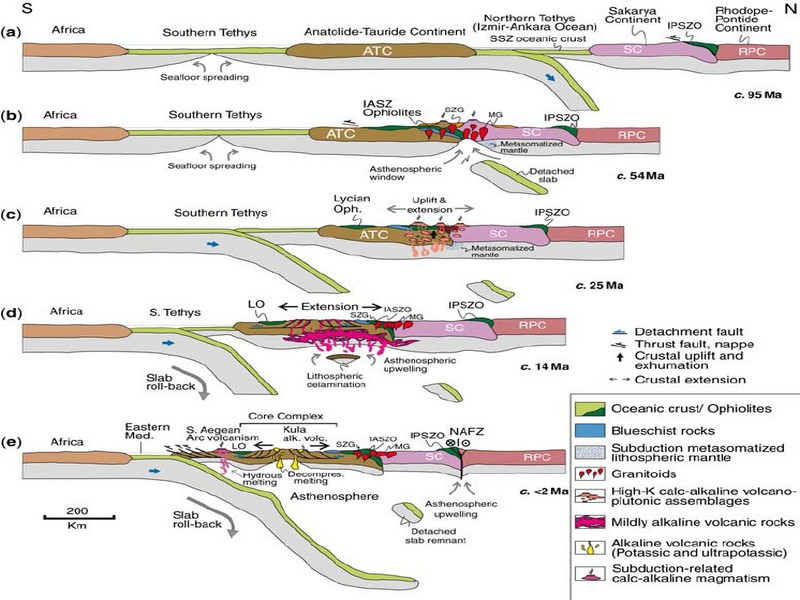
GEODYNAMIC EVOLUTION OF THE PAN-AFRICAN OROGENY
Prof. Hervé Rezeau, Prof. Cyril Chelle-Michou & Prof. Michael Calder
SEG Student Chapter of Geneva (Switzerland)
SEG Student Chapter of Montpellier (France)
Recent studies (mainly Gasquet et al. 2005) give more informations about the Anti-Atlas belt evolution. Briefly, they describe as the result of four main stages (Fig.3):
(1)A rifting event and an ocean opening north of the WAC occurred around 790-740 Ma, as it is recorded by gabbroic dykes, which have a tholeiitic affinity, exposed in slivers of ophiolite at Bou Azzer.
(2)This was followed by a subduction event, which is evidenced by calc-alkaline magmatism typical of volcanic island arc environment. The metabasite of Bou Azzer could constrain the high pressure and low temperature (T ≤ 350 and P ~ 5 kbar) metamorphism event. This event has been dated between 740- 690 Ma. The magnetic modelling of the Bou Azzer ophiolite (shown in Figure 4) could confirm the dip direction of the trench to the north.
(3)The third stage is described as an arc-continent collision corresponding with the ocean, fore and back arc basin closure. Once again, the Bou Azzer allochthonous ophiolite records this important episode that occurred between 660-690 Ma and thus during Pan-African orogeny . Although, this stage might be relatively well understood and constrained in the Bou Azzer region, it is not the case for the whole Anti- Atlas belt and more study has to be done. Partially anatectic gneisses and calc-alkaline intrusive rocks have also been described in the region associated with this third stage.
(4)The last stage is related to an extension and marine basin development. It’s by far the most important stage responsible for the formation of ore deposits. Gasquet et al. (2005) confirmed this event by analyzing and dating zircons of intermediate to felsic high-K calc-alkaline rock around 595-570 Ma. Slightly after, another magmatic event is characterized by a more alkaline series during Ediacaran times (570-545 Ma). This latest intrusions are also responsible for base metal porphyry-type mineralisation, epithermal precious metal deposit (Au-Hg Imiter; Cheilletz et al., 2002) and mesothermal Au deposit (Al Ansari and Sagon, 1997). This extensional event is thus the last important event in the Anti-Atlas belt where the brines could have migrated along normal fault and fractures and be responsible for the Imiter (Baroudi et al. 1999), Zgounder (Essaraj et al. 1998), Bou Azzer (En-Naciri et al. 1997), Tiouit (Al Ansari and Sagon 1997), and Bou Madine (Abia et al. 1999).
Figure 3: Pan-African geodynamic evolution of the Anti-Atlas during Pan-African times.WAC:West African Craton, NAA: Northern Anti-Atlas (after Levresse, 2001 modified). Gasquet et al. (2005).
Figure 4: Magnetic modelling of the Bou Azzer-El Graara ophiolite. (A): Map of the residual magnetic field of the Anti-Atlas. (1): shading direction; A–A arrows: location of the Central Anti-Atlas negative anomaly. – (B): Magnetic modelling along profile 40 east of Bleida (for location, see map (A)). The major negative anomaly A–A coincide with the ophiolite outcrops along the AAMF (compare with Fig. 2.1). Taking into account the latitude and the lack of remnant magnetization, this indicates a north-dipping ophiolitic body, as quantitatively modelled in (B) (Soulaimani et al. 2006)
GEOCHEMISTRY
The Ediacarian rocks from the Pan-African orogeny (595 to 545 Ma) were analyzed for major and trace elements in order to recognize different compositions relative to their age. Three main series are recognized (Fig.5): (1) the granite, granodiorites and tonalites of the oldest series (595-570 Ma) which has a metaluminous (CaO+Na2O+K2O>Al2O3), high-K calc-alkaline affinities (Figure 5A), (2) the second series is slightly younger and overlap the other series with an age range of 570-545Ma and it consists of rhyolitic-ignimbritic lava flow or domes and dykes that are often altered (sericitisation, carbonation, hematisation, albitisation, chloritisation) (Figure 5A). These series have high-K calc- alkaline to shoshonitic affinities. (3) The last series occurred during the Ediacarian period (530Ma) and is defined by trachyte sill (Aghbar) and syenite (Jbel boho; Ducrot and Lancelot, 1977). This serie has a much higher Na2O+K2O (8.07%); a Na2O/K2O ratio of 0.35 and a high REE content, all of which plot in the alkaline-shoshonitic serie (Figure 5B).
The Rb-Sr and Sm-Nd isotope analysis of the two first magmatic series, from 595 to 545 Ma, yield the same Sr and Nd initial isotopic ratio and was interpreted as a mixing of mantle and lower crustal sources. However, the Re-Os system analysis on the sulphide phase and silver minerals clearly indicated a mantle source. (Gasquet et al. 2005).
Figure 5: K2O–SiO2 plots of selected Ediacaran calc-alkaline to alkaline plutonic (a) and volcanic (b) rocks and of the Cambrian Aghbar trachytic sill (star) of the Anti-Atlas belt (Le Maitre et al., 1989). Unaltered(LOI < 3%) rocks are from this study and other studies (see refernces in Gasquet et al., 2005)
OCEANIC CORE COMPLEX
The oceanic remnants are described as a Harzburgite Ophiolite Type (HOT) which is typical of a fast spreading mid-ocean ridge (A. Michard et al. 2008). The reconstructed cross-section (Fig. 6) shows that no pillow lavas are drawn although they are described in the Bou Azzer Group. The Bou Azzer – Siroua oceanic complex is known only as a discontinuous strip along the Anti-Atlas Major Fault (see Fig. 1) and represents nearly all the Neoproterozoic juvenile magmatic rocks known in the Anti-Atlas. The ophiolites and arc units have been obducted in a south-vergent motion thrust above a basal mélange onto the northern WAC margin. The typical high-pressure low-temperature mineral association of the blueschist facies has recently been redefined and correspond to crossite/Mg-riebeckite-bearing which corresponds to HP-greenschist condition (5-6 kbar, 500-550°C; Bousquet et al. 2008).
Figure 6: Stratigraphic column of the Khzama ophiolite, Sirouna massif, after Wafik et al (2001), redrawn at regional scale (including Bou Azzer). Gabbroic rocks are c. 760-750 Ma old, whereas the juvenile leucogranites and quartz diorites. (Thomas et al. 2002, 2004).From Gasquet et al. (2008).
Source web : Prof. Hervé Rezeau, Prof. Cyril Chelle-Michou & Prof. Michael Calder unige.ch
Les articles en relation
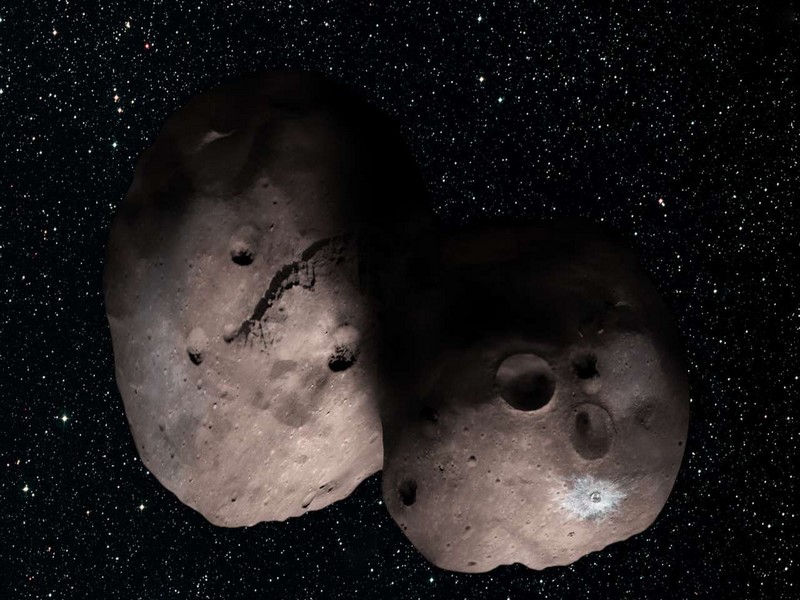
Aidez la Nasa à nommer cet étonnant astéroïde
Aidez la Nasa à nommer cet étonnant astéroïde Aux confins du Système solaire, à plus de 6,5 milliards de kilomètres de la Terre, l'énigmatique 2014 MU69 attend son surnom. La
Savoir plus...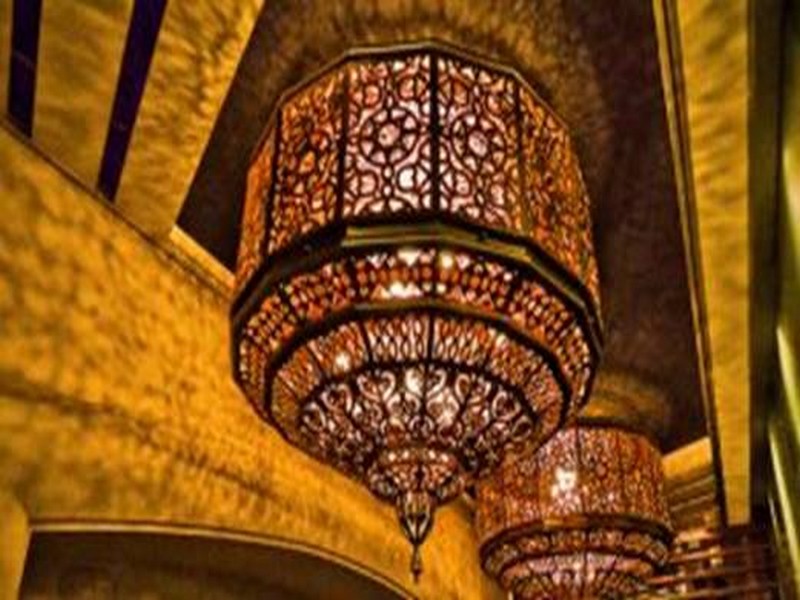
L’Artisanat au Maroc
L’Artisanat au Maroc L’artisanat est classé au bon rang vis-à-vis des autres activités économiques au Maroc. Il représente l’énorme gisement économique du pays. Les p
Savoir plus...
Des chevauchées fantastiques
Des chevauchées fantastiques M’enveloppèrent d’un étrange nuage Et laissèrent dans les pores de ma peau Leurs empreintes de poussière. SUR LA PISTE DES BIJOUX DU
Savoir plus...
Appel à la protection des gravures rupestres de Nâama
Appel à la protection des gravures rupestres de Nâama Découverte en 1847 par une expédition française, la station de Tiout, dans le Sud de la wilaya de Naâma, date de plus de 8 000 ans avant J.
Savoir plus...
Circuits Fascination Anti-Atlas
Pour simple Berline : Tiznit ou Taroudant - Tafraout - Igherm - Tata - Akka - Assa - Guelmim - Agadir Avec 4x4 : Plage Blanche - Oued Draa - El Ouatia - Tan Tan - Asrir. HISTOIRE ET CULTURE On sait aujourd’hui que la pl
Savoir plus...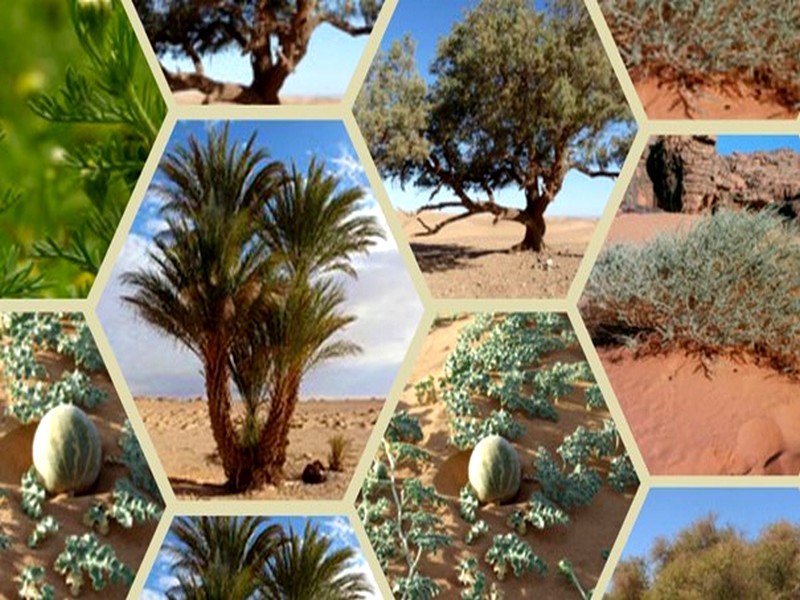
Le Géoparc Jbel Bani : Un sanctuaire de vie au cœur du désert marocain
Le Géoparc Jbel Bani : Un sanctuaire de vie au cœur du désert marocain Le désert marocain, souvent perçu comme un paysage aride et stérile, abrite en réalité une flore éto
Savoir plus...
Bilan catastrophique pour le climat en 2016
Bilan catastrophique pour le climat en 2016 Le dernier rapport annuel de la NOAA et de l'American Meteorological Society (AMS) montre que températures, montée des océans et émissions de gaz à ef
Savoir plus...
Des chercheurs espagnols et marocains étudient l'art préhistorique du sud du Maroc
Des chercheurs espagnols et marocains étudient l'art préhistorique du sud du Maroc Un groupe de chercheurs espagnols et marocains s’est lancé dans la troisième phase d’une étude arch
Savoir plus...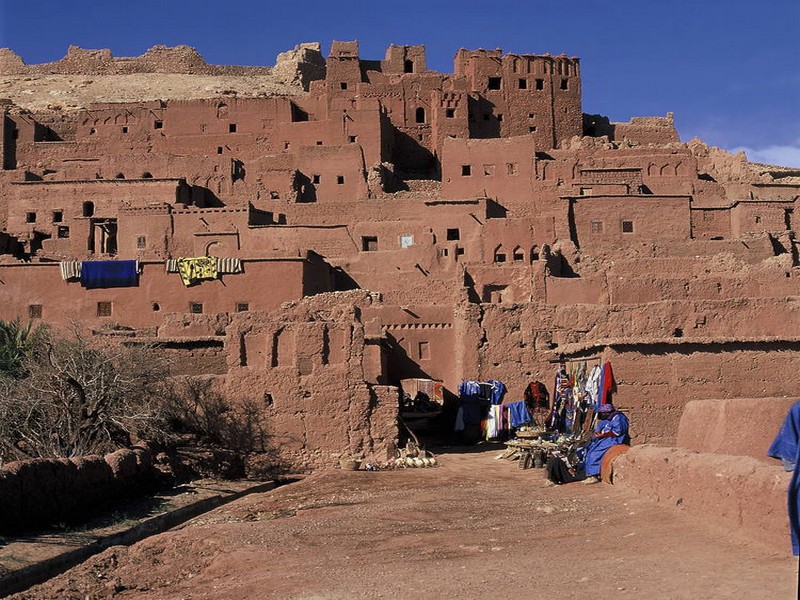
Ksar d'Aït-Ben-Haddou
Ksar d'Aït-Ben-Haddou Ensemble de bâtiments de terre entourés de murailles, le ksar est un type d'habitat traditionnel présaharien. Les maisons se regroupent à l'intérieur de ses mur
Savoir plus...
Kasbahs et ksour du sud-est marocain: TAMGROUT (Géoparc jbel bani)
Kasbahs et ksour du sud-est marocain: TAMGROUT (Géoparc jbel bani) Ce ksar est situé à 25 Km de Zagora en direction de M'Hamid. Il est construit sur un plateau pratiquement désertique et comprend 200 h
Savoir plus...
Hyperloop Transportation Technologies dévoile sa capsule de transport de passagers
Hyperloop Transportation Technologies dévoile sa capsule de transport de passagers Longue de 32 mètres, la capsule Hyperloop Quintero One d'Hyperloop TT a été assemblée en Espagne et sera finali
Savoir plus...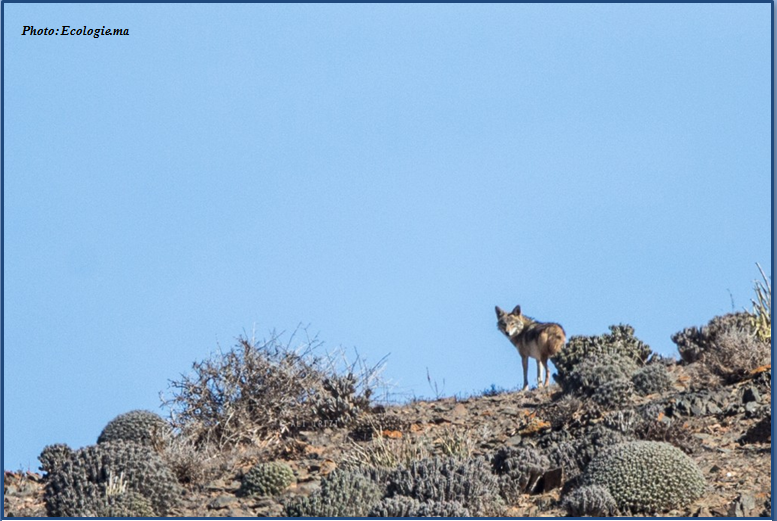
Photos: Trois jeunes canis dans l’Anti Atlas
Photos: Trois jeunes canis dans l’Anti Atlas Ali Irizi a encore frappé. Cette fois il s’agit de trois louveteaux quelque part dans l’anti Atlas. Cette fois encore la photo ne manque pas de susciter questions et &
Savoir plus...Les tags en relation
En savoir plus sur " Géologie et TSGJB - AMDGJB "
Consulter les vidéos de " Géologie et TSGJB - AMDGJB " Consulter les photos de " Géologie et TSGJB - AMDGJB " Consulter les publications de " Géologie et TSGJB - AMDGJB " Consulter les éditions de " Géologie et TSGJB - AMDGJB " Consulter les communications de " Géologie et TSGJB - AMDGJB "Recherche du site
Recherche avancée / Spécifique
Géoparc et Recherche Scientifique
Le coins de l’étudiant



Blog Géoparc Jbel Bani
Dictionnaire scientifique
Plus de 123.000 mots scientifiques
Les publications
Géo parc Jbel Bani

Circuits & excursions touristiques

cartothéques


Photothéques
Publications & éditions



